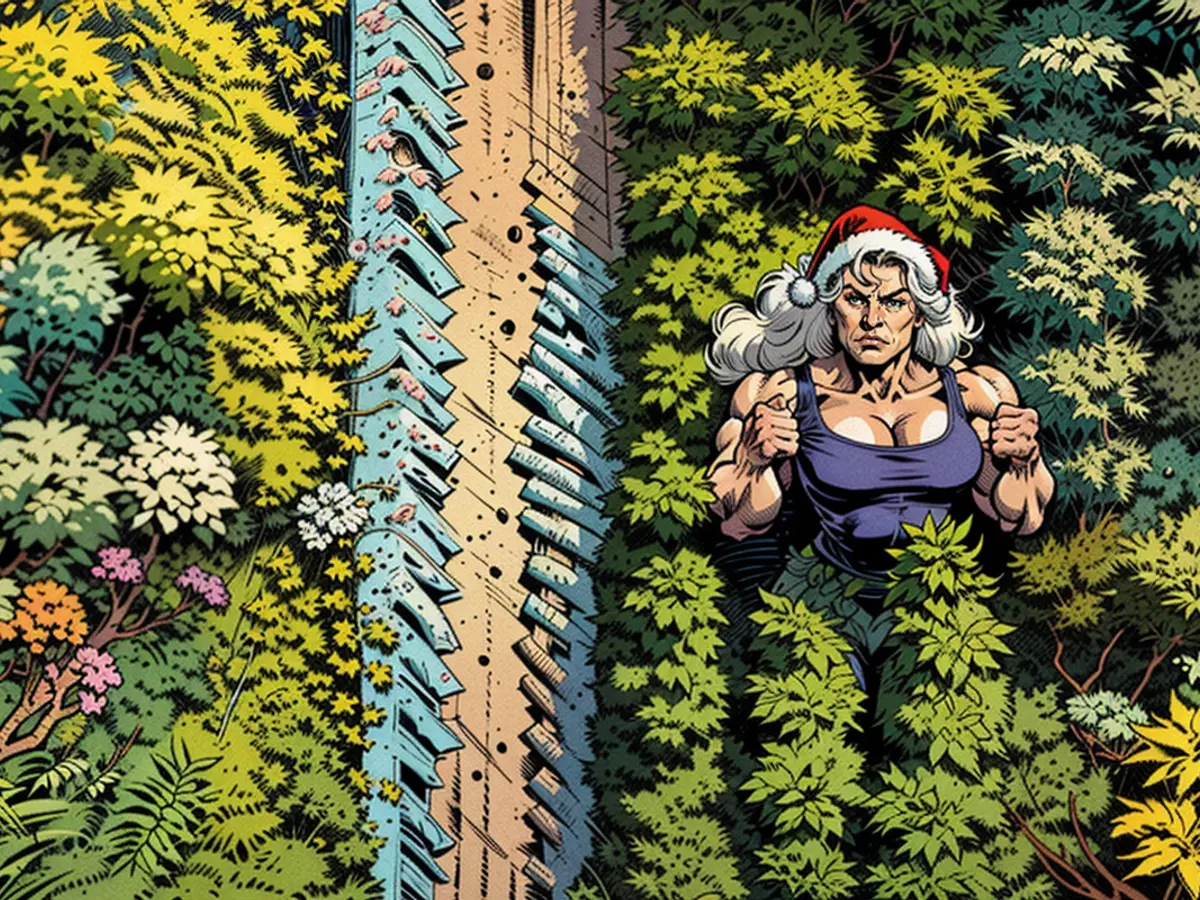- Year-round celebration of the festive spirit with Christmas trees as the central attraction.
The weather ain't causing any significant problems for Christmas tree farmers in Bavaria this season. But, the pricing situation remains ambiguous. As per Thomas Emslander, the head of Bavarian Christmas Tree Growers Association in Ergolding, Landkreis Landshut, "We need a price adjustment." Many businesses have had to shut down due to financial constraints, which also impacts the tree quantity.
Approximately 400 businesses engage in Christmas tree farming across Bavaria, with around 200 of them being a part of the association, says Emslander. The primary focus of Christmas tree cultivation is in Northern Bavaria.
The Nordmann Fir continues to be the most popular choice, making up about 75 to 80 percent of the Christmas tree market. The Blue Spruce comes second. These trees enjoyed plenty of sun and water during this summer.
Emslander explains that growing and maintaining the trees is a year-round job. In spring, the trees are planted, which are three to four years old from nurseries. In fall, the labeling process begins. The trees destined to be cut are marked afterwards. After planting, the trees need another 6 to 10 years to grow big enough to be adorned with candles as Christmas trees in Bavarian homes.
A secondary income source for Christmas tree farmers is cut greenery, used for wreaths, etc. The peak season for this begins in October, with a significant surge in demand around All Saints' Day.
The Landshut district, specifically in Bavaria, is home to many Christmas tree farms, as mentioned by Thomas Emslander. Due to financial constraints, several businesses in the Landshut district's Christmas tree farming industry have had to close, affecting the tree quantity.








